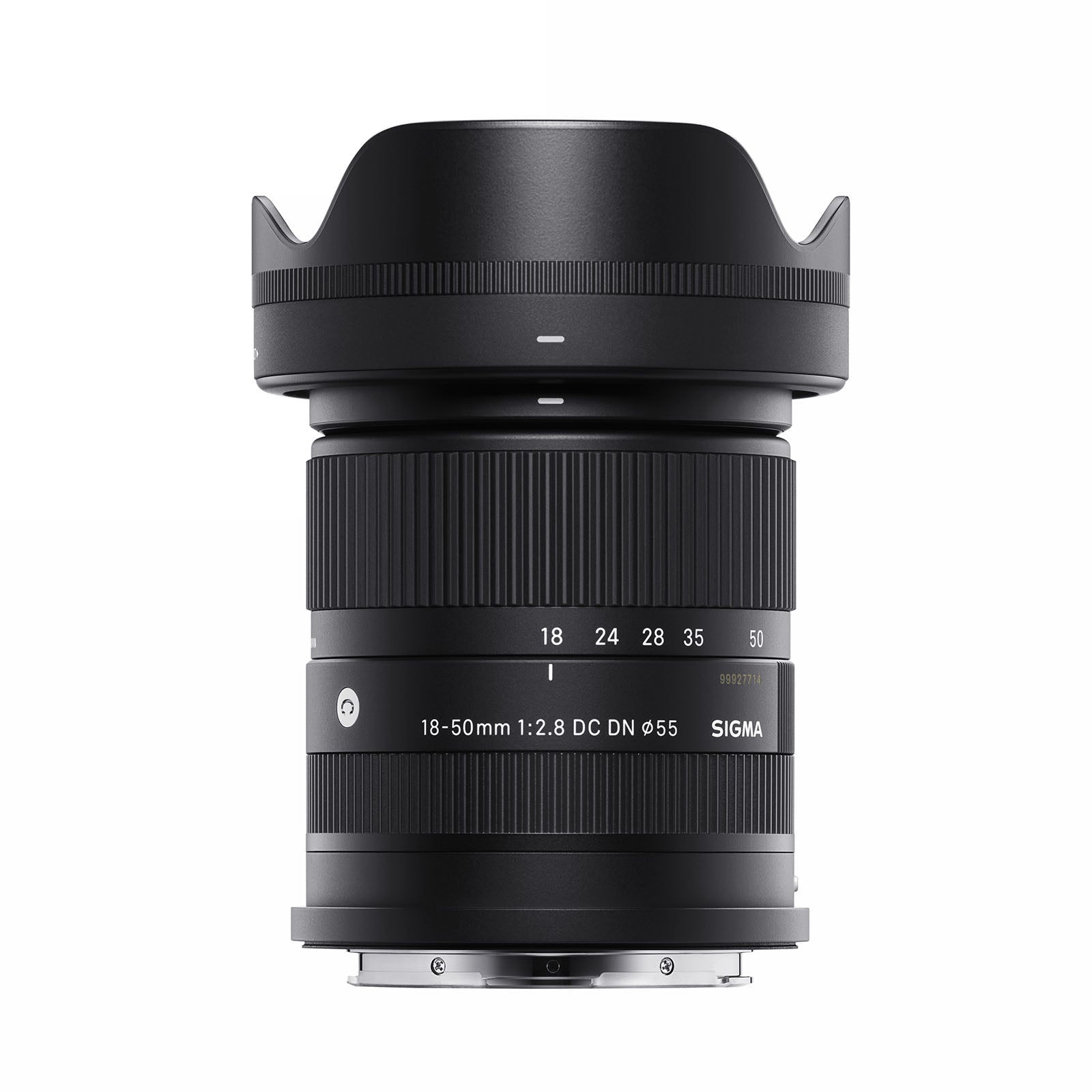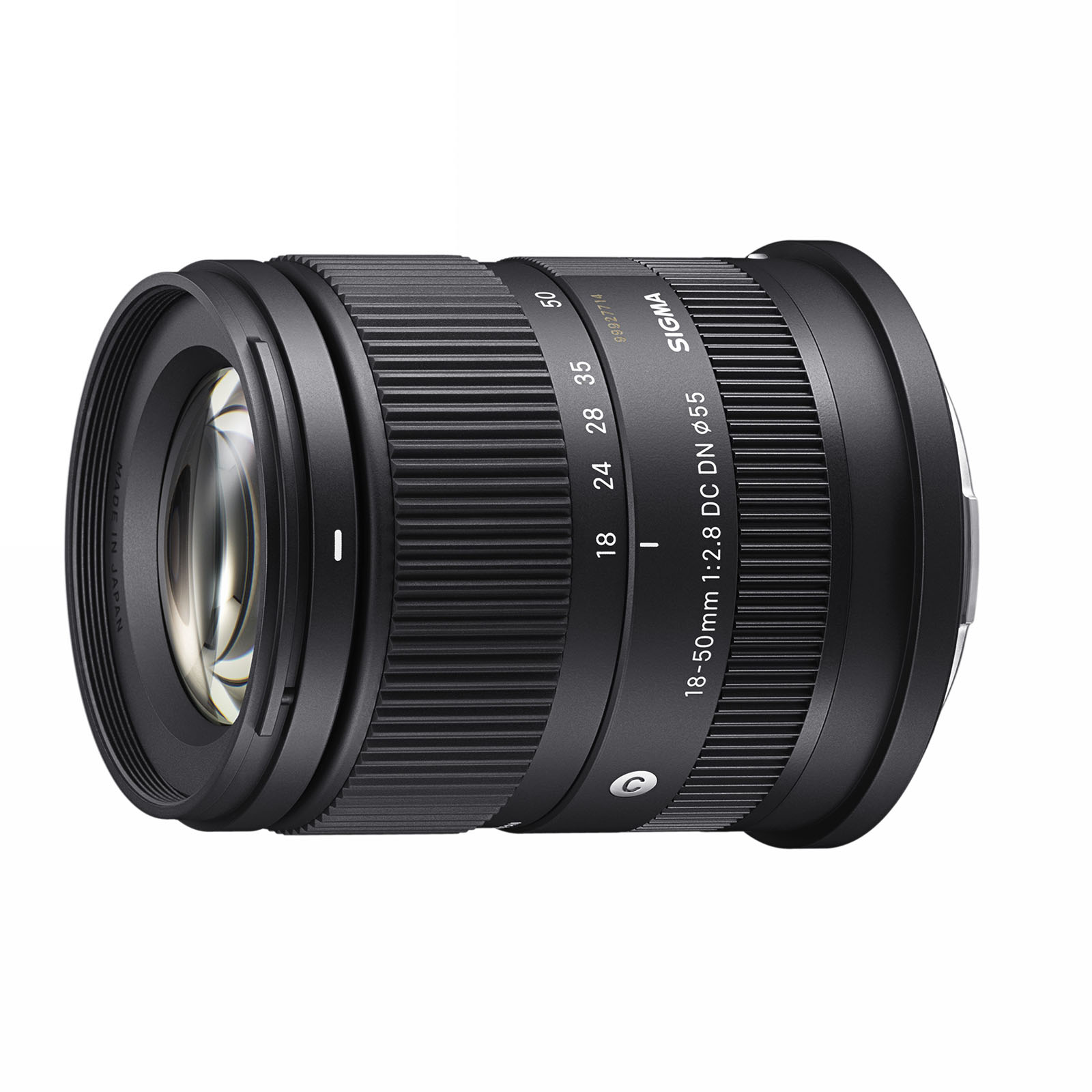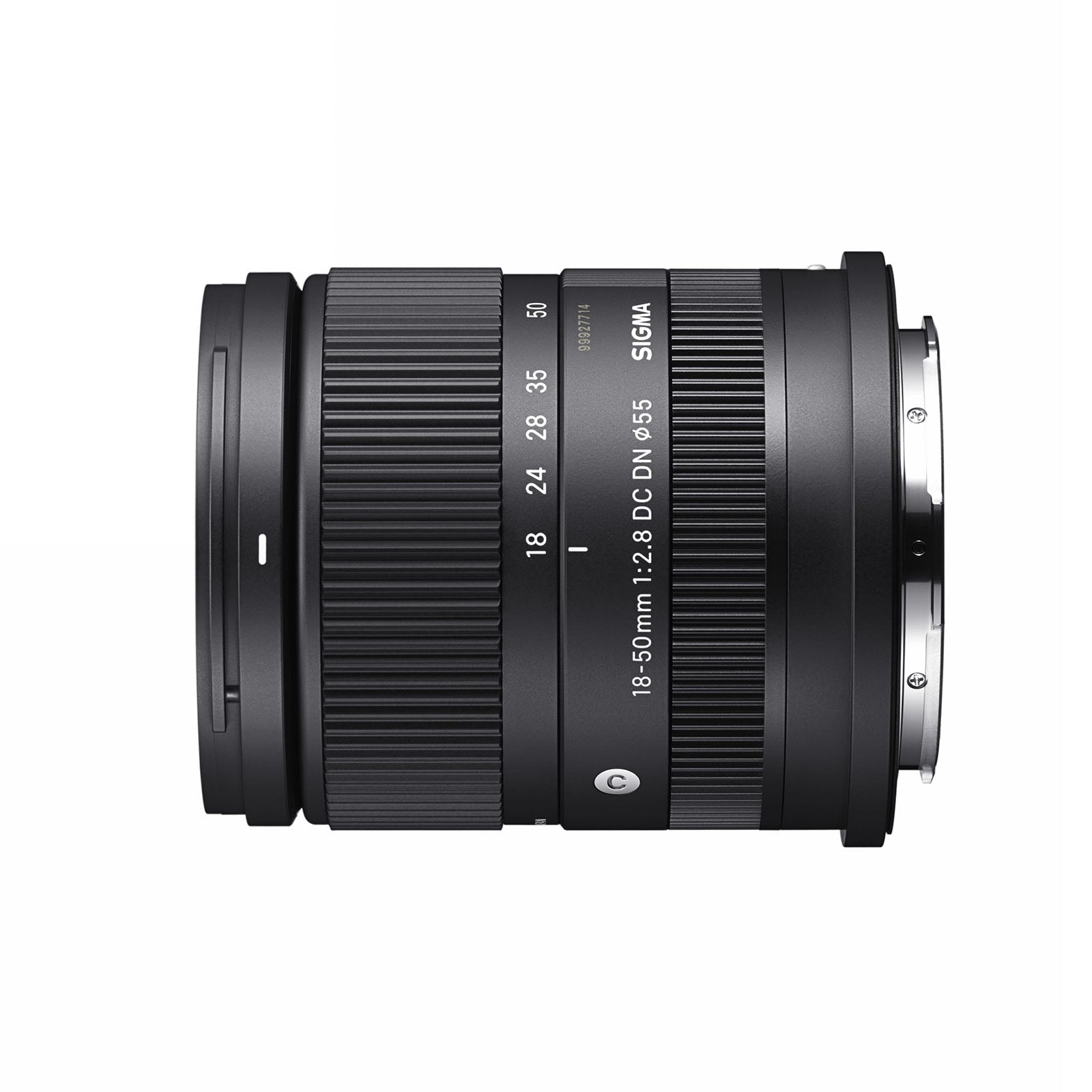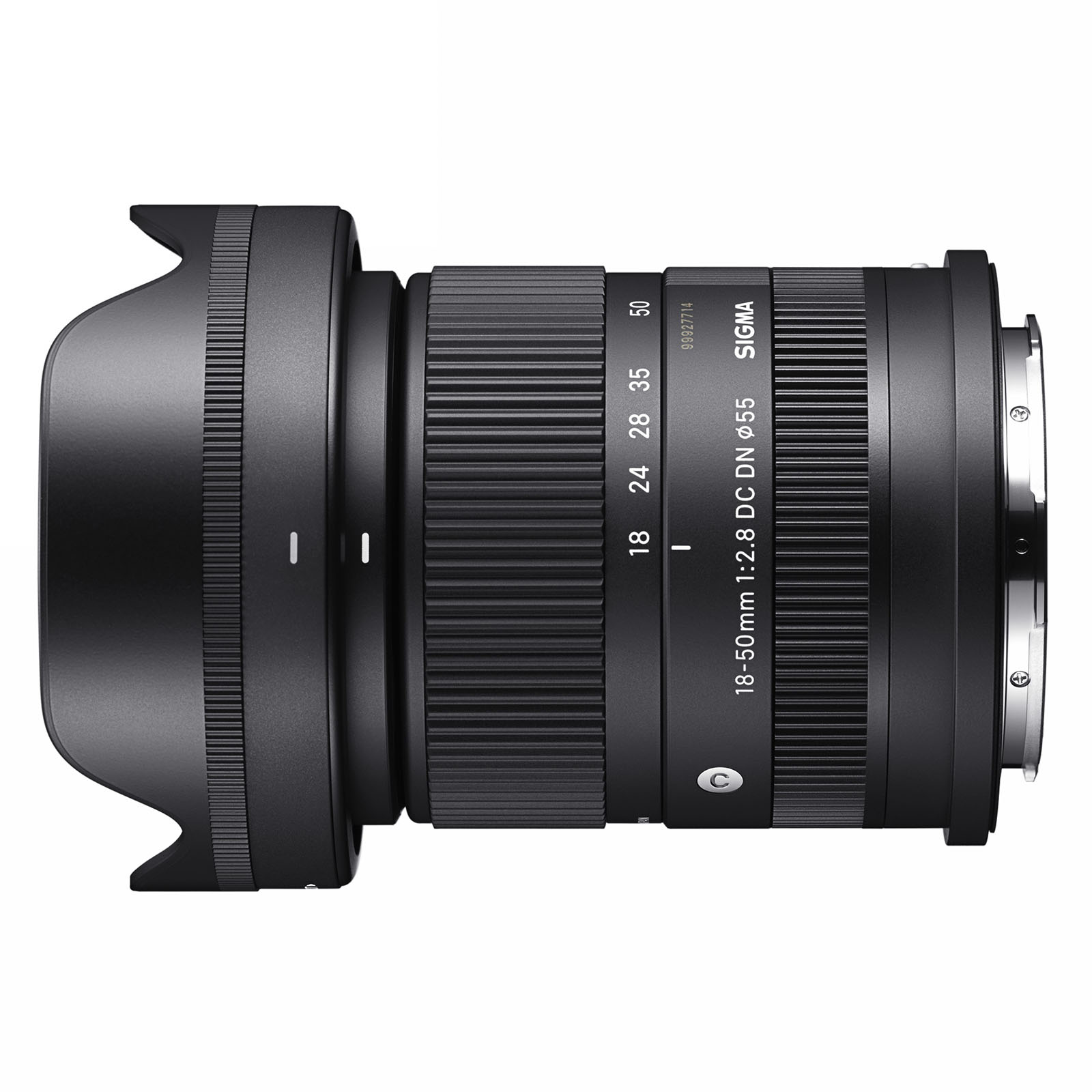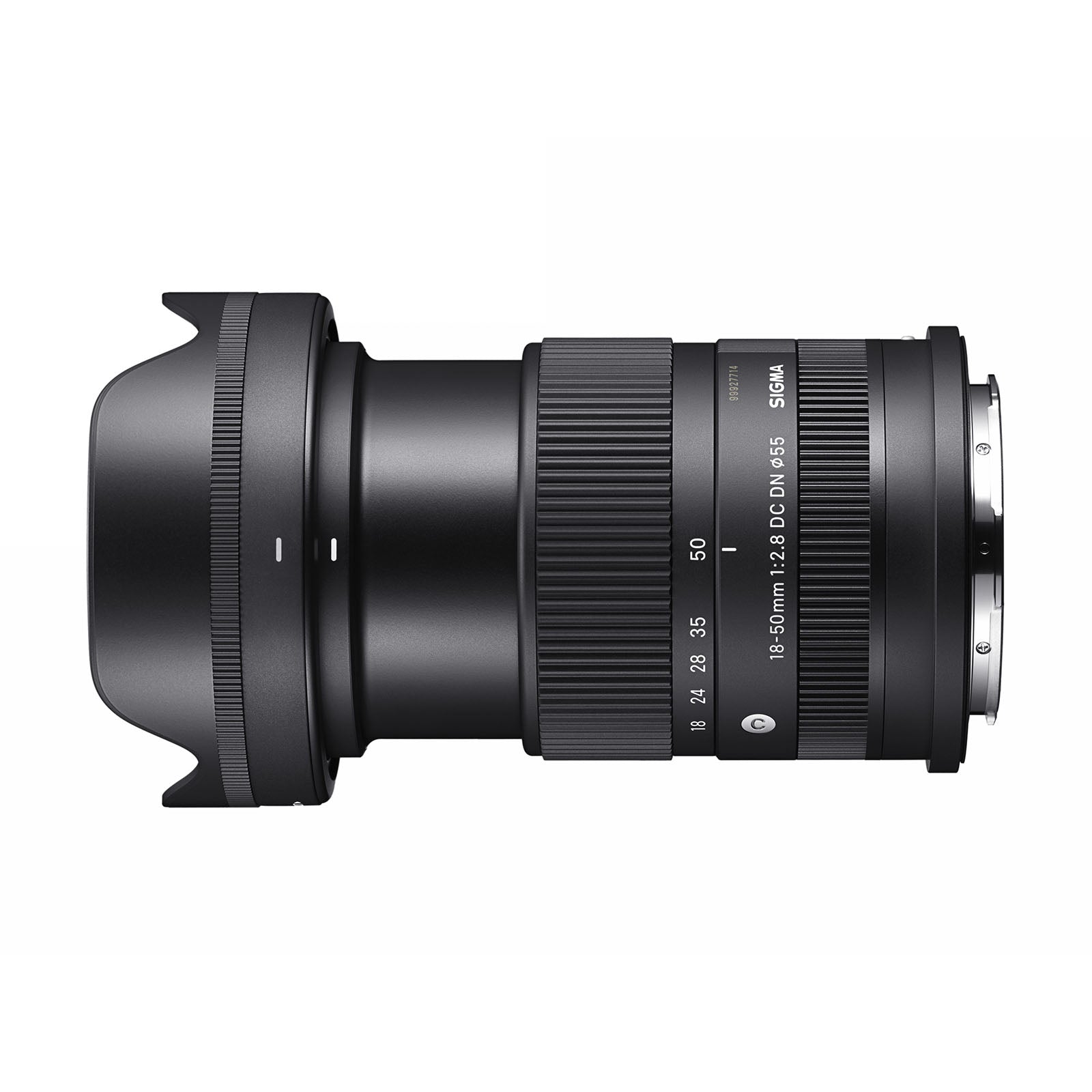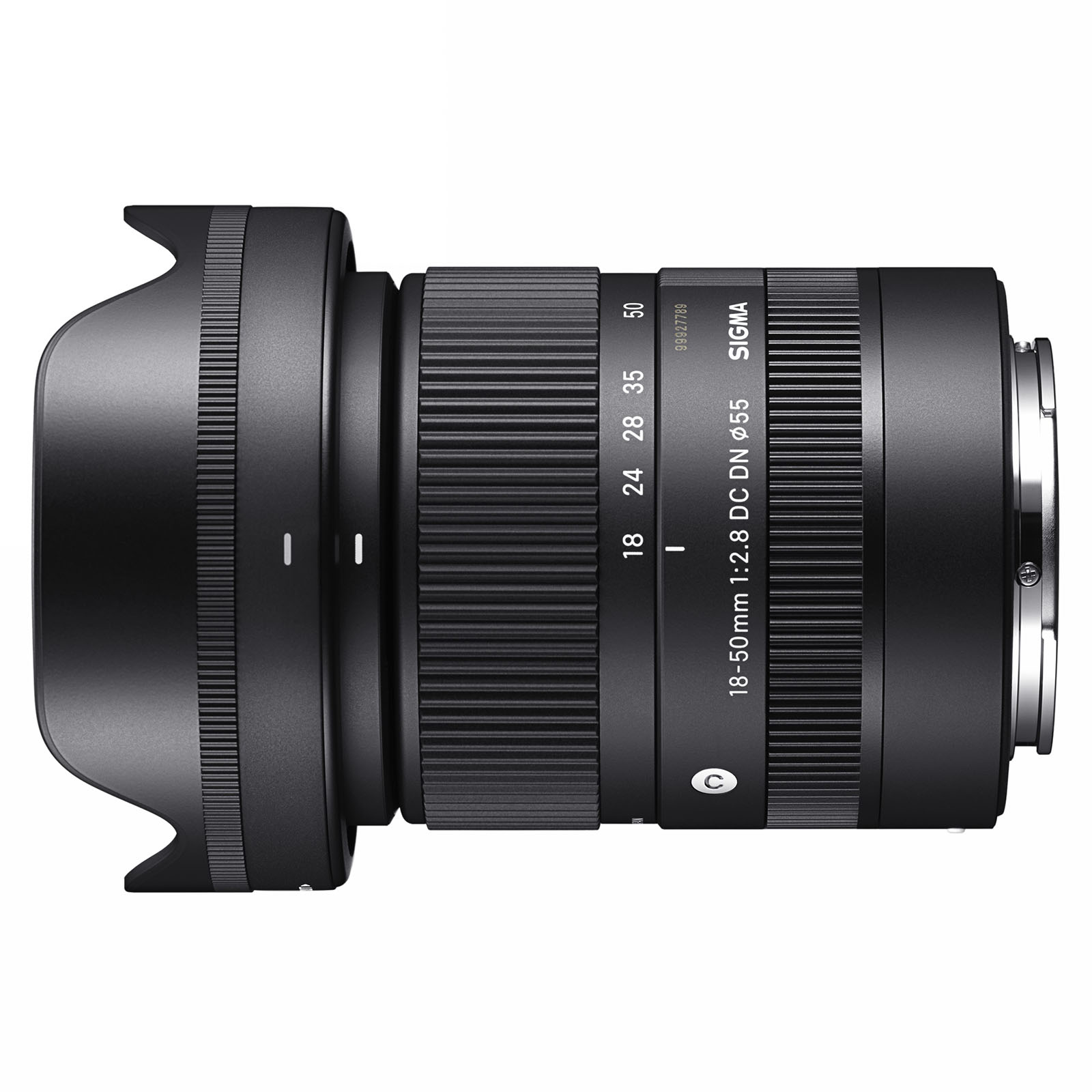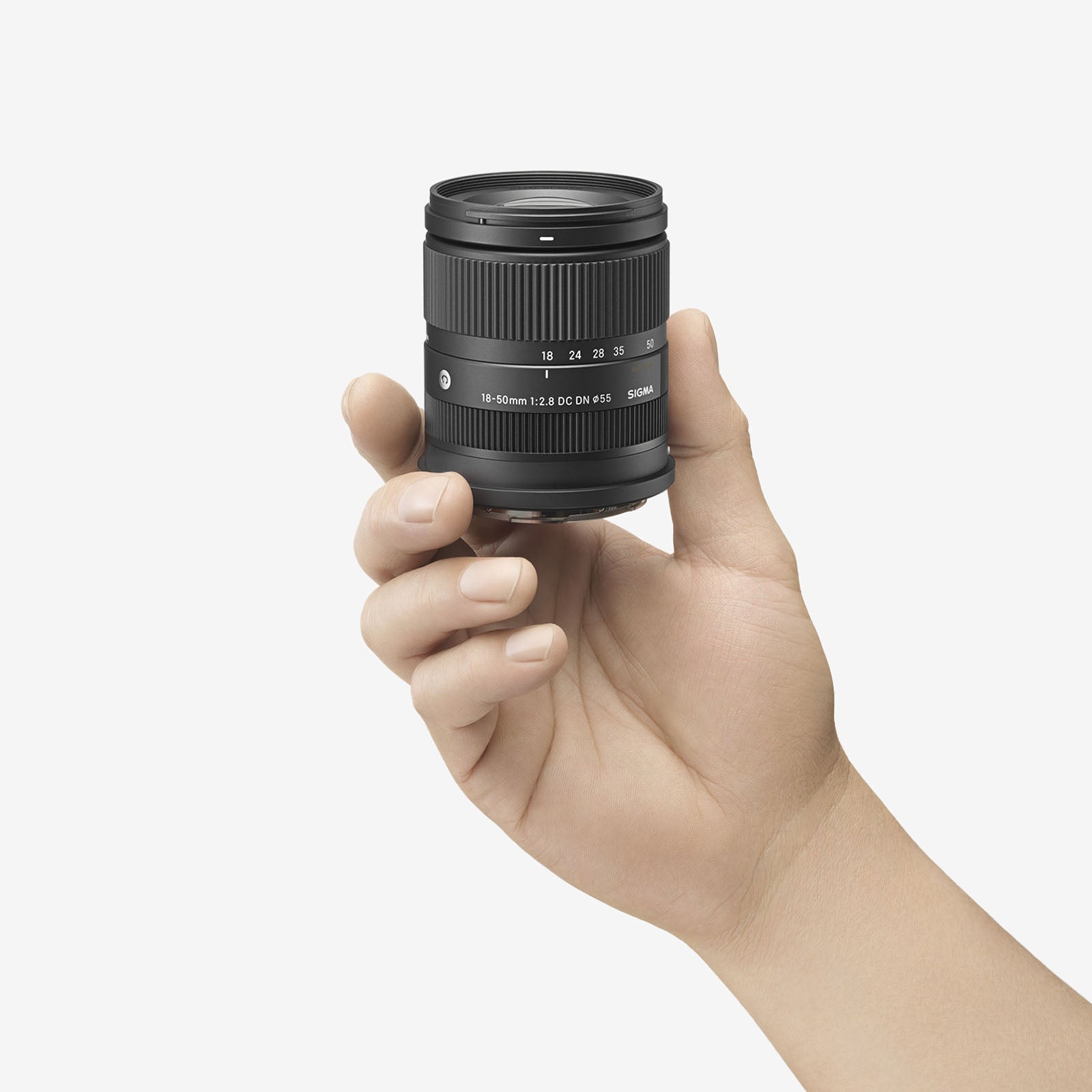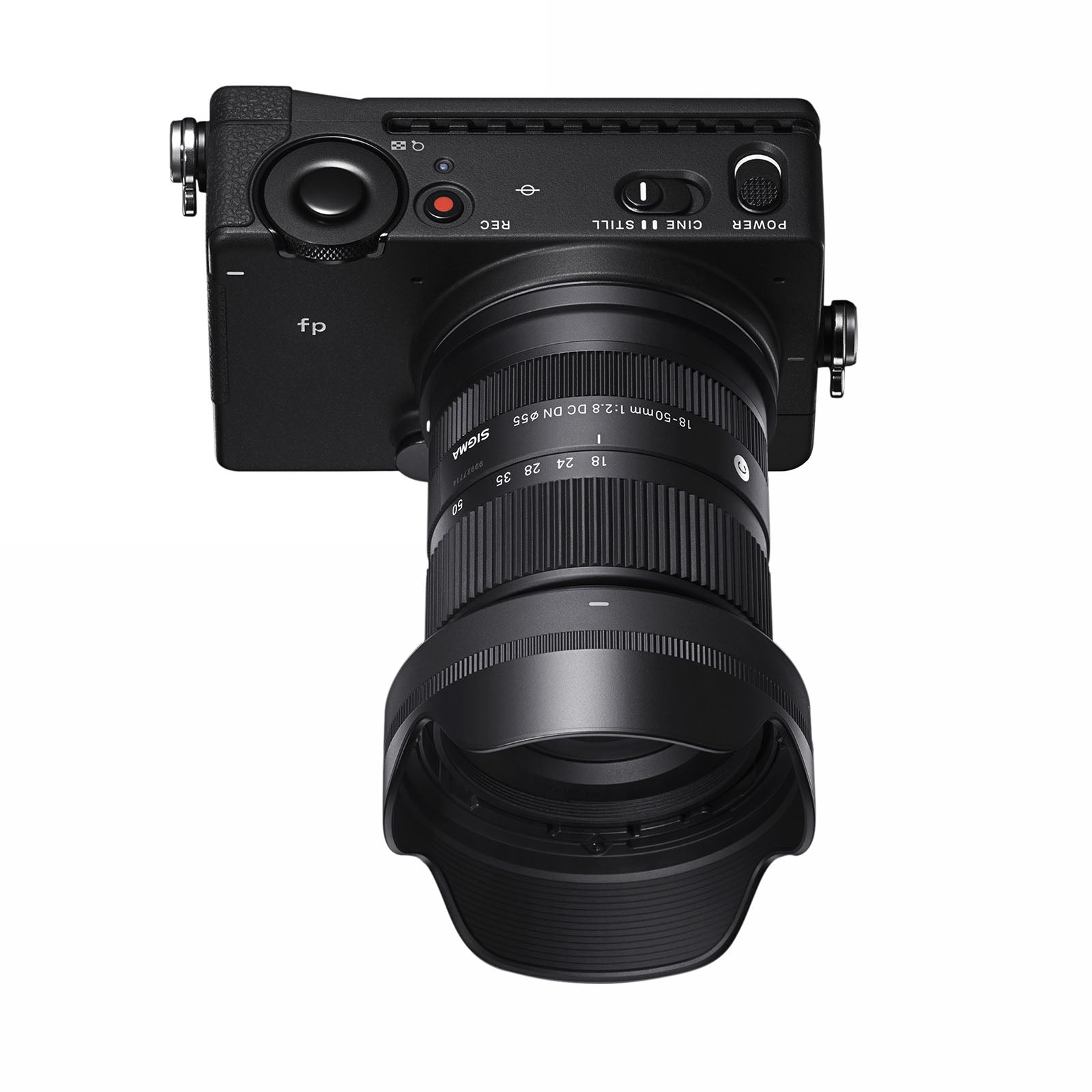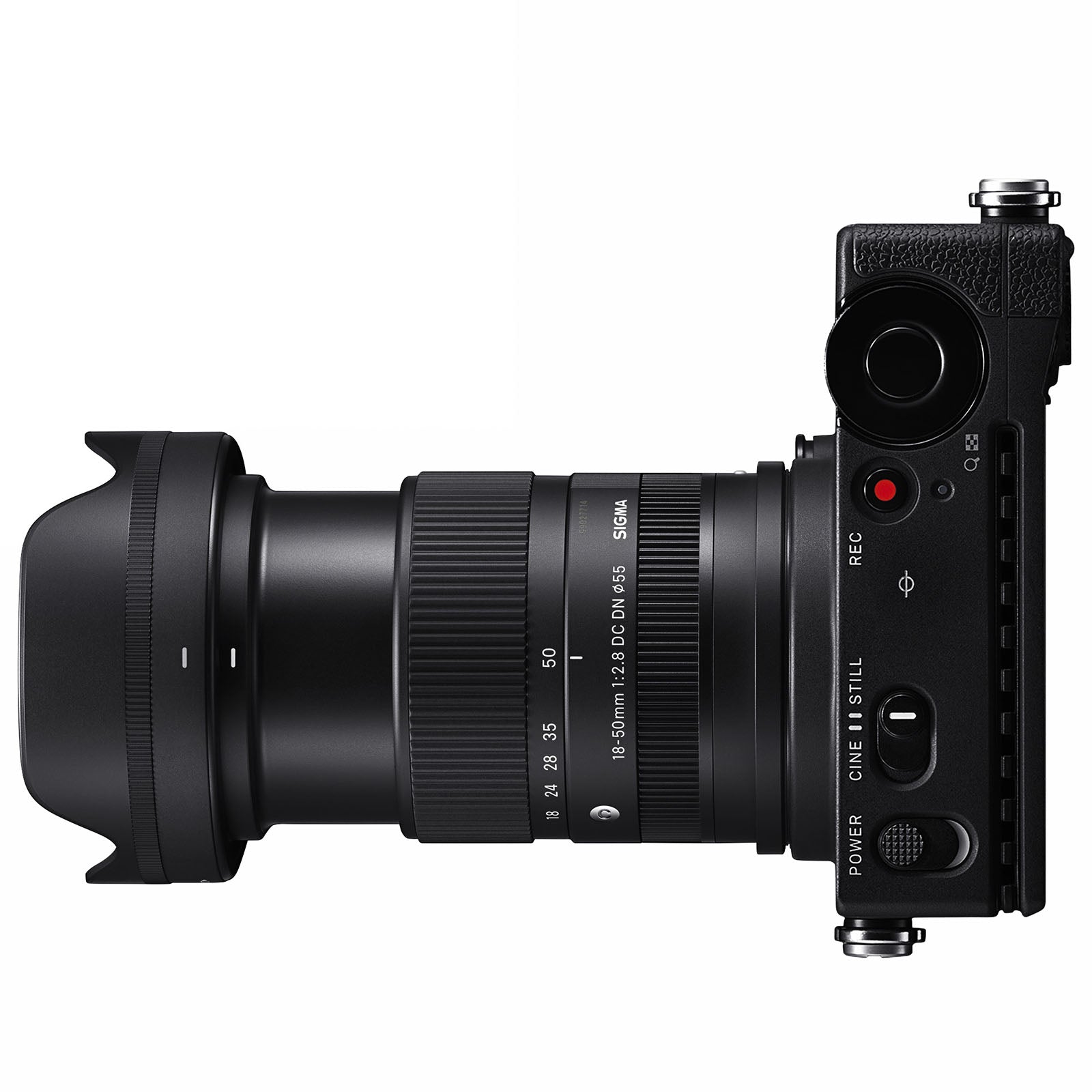Product Description
Sigma 18-50mm F2.8 DC DN Contemporary lens
The ultimate portable standard prime for mirrorless crop-sensor cameras.
A high-performance standard zoom for crop cameras
Small but perfectly formed, the 18-50mm F2.8 is the ultimate portable standard zoom for crop-sensor mirrorless cameras. With an equivalent focal length of 27-75mm on an APS-C camera the lens is well-suited to a wide range of photo and video applications, including landscape, portrait, street and architectural photography. It can also be used for macro-style photography owing to its impressive maximum magnification ratio of 1:2.8.

A constant F2.8 aperture makes it easy to achieve blurry backgrounds, which is ideal for shooting attractive portraits and close-ups. Autofocus is exceptionally fast and quiet thanks to the lens’ stepping motor, which can be particularly useful for shooting video or for capturing fast-moving subjects.
Weighing less than 300g, the 18-50mm is easily portable enough to be carried around for casual day-to-day shooting, but thanks to its outstanding optics, fast AF and wide aperture, it is more than capable of delivering professional-quality results.
Key Features
- APS-C Format
- 27-75mm (35mm Equivalent)
- Aperture Range: f/2.8 to f/22
- Minimum Focusing Distance: 4.8"
- Three Aspherical Elements
- Special Low Dispersion Element
- Rounded 7-Blade Diaphragm
- Dust- and Splash-Proof Design

Versatile & Portable
Ideal for a wide range of photo and video applications including landscapes, portraits, street photography, architecture, and events, the 18-50mm f/2.8 DC DN Contemporary Lens from Sigma is a small, light, and bright standard zoom for crop-sensor mirrorless cameras.

Available Mounts for the Sigma 18-50mm
The lens is currently available with a Sony E-mount and L Mount and coming soon the Canon RF mount, which provides a versatile full-frame equivalent zoom range of 27-75mm and a wide constant aperture of f2.8 throughout the entire zoom range. The lens design includes three high-precision glass-moulded aspherical elements coupled with a special low-dispersion element.

Together they minimize the total number of elements for superb optical quality without excessive weight. Autofocus is exceptionally fast and quiet thanks to the lens's stepping motor, which can be particularly useful when shooting video or fast-moving subjects such as children and animals. An ultimate workhorse, the lens features a minimum focusing distance of just 4.8", enabling it to be used for macro-style close-up photography, and the lens is also outfitted with a rounded seven-blade diaphragm for a pleasing bokeh quality.

The Sigma 18-50 is a standard zoom lens designed for APS-C-format cameras and provides a 27-75mm equivalent focal length range.
Constant f2.8 maximum aperture is well-suited for working in low-light conditions and provides greater control over the focus position when using shallow depth-of-field techniques.

Three high-precision glass-moulded aspherical elements are used to help limit distortion and spherical aberrations and contribute to greater overall sharpness and accurate rendering.
Special Low Dispersion (SLD) element reduces chromatic aberrations and colour fringing.
Super Multi-Layer Coating minimizes flare and ghosting for improved contrast and colour accuracy when working in strong lighting conditions.

Minimise Distortion
In-camera aberration correction further eliminates optical imperfections such as distortion and vignetting.
Stepping motor with nearly silent autofocus makes it perfectly suited to a range of photographic applications, including shooting in quiet environments, recording videos, and capturing fast-moving subjects.
A minimum focusing distance of 4.8" and a 1:2.8 maximum magnification ratio benefit working with close-up subjects.
The rounded seven-blade diaphragm contributes to a pleasing bokeh quality.
Payment & Security
Your payment information is processed securely. We do not store credit card details nor have access to your credit card information.

